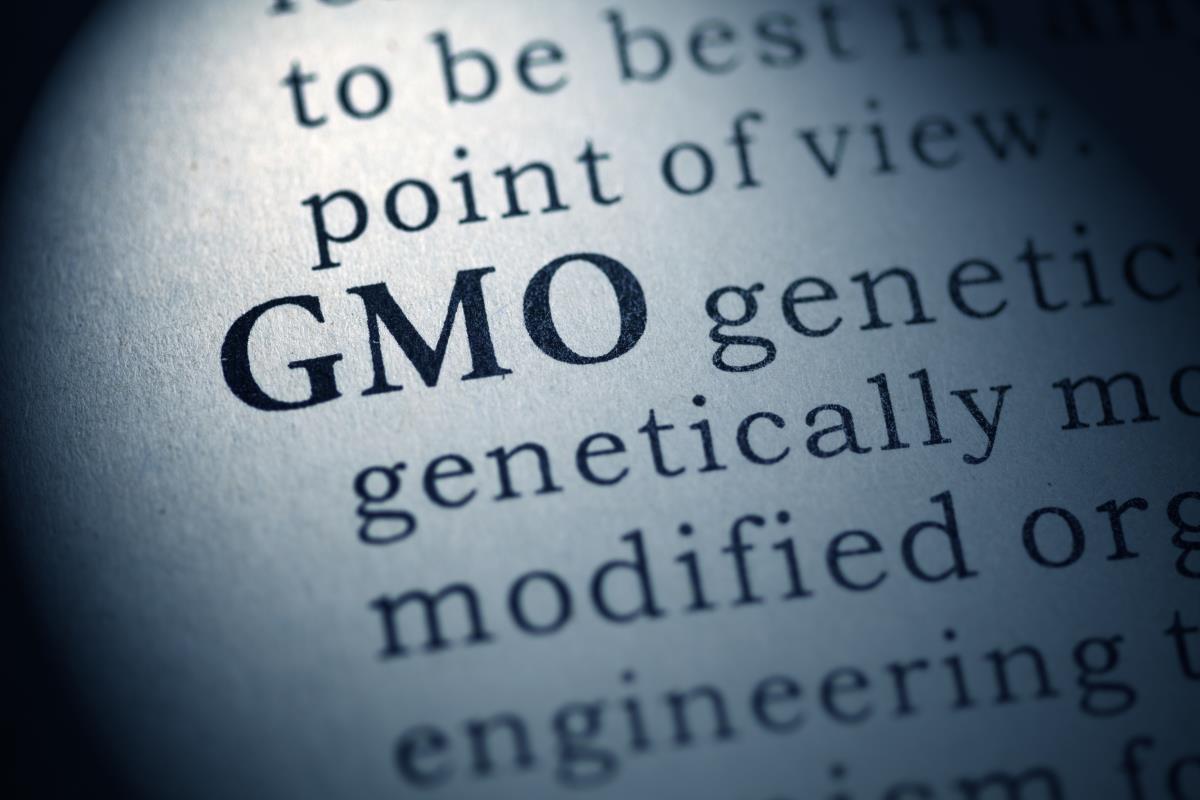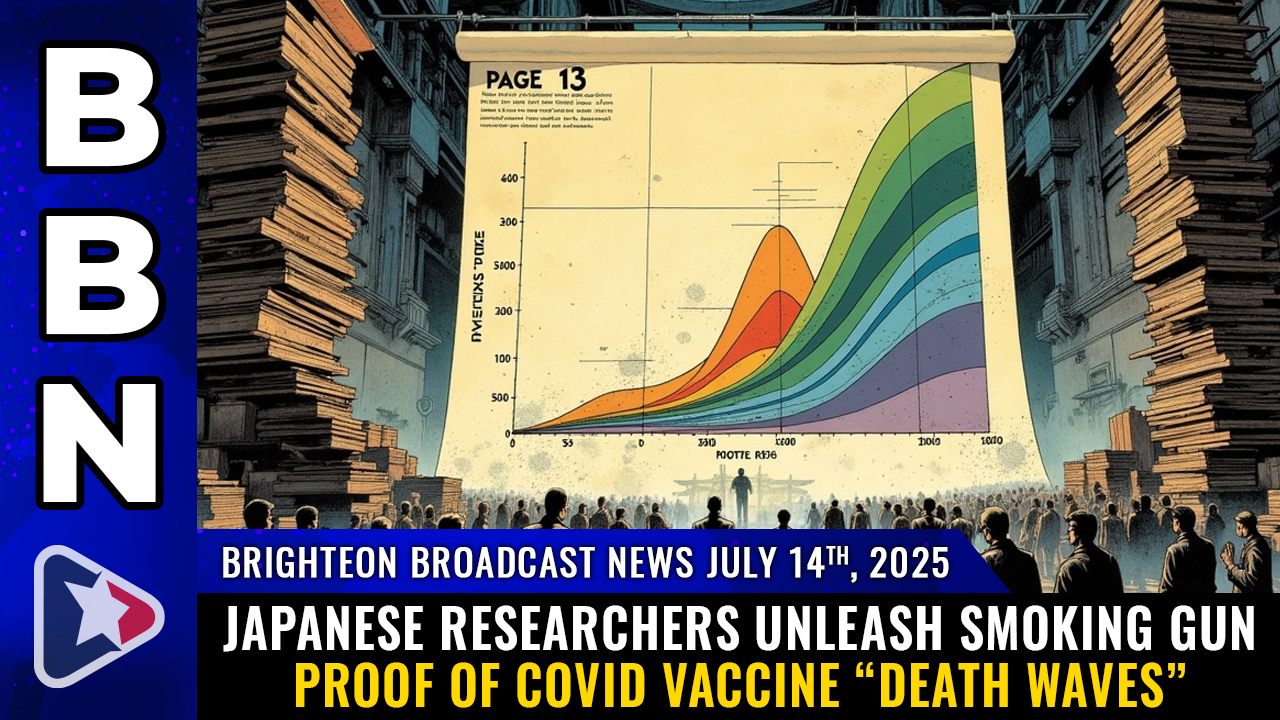“Genetic Roulette” exposes the hidden dangers of genetically engineered foods
07/12/2025 / By Belle Carter

- Jeffrey M. Smith’s Genetic Roulette challenges the safety of GM foods, presenting evidence of adverse health effects (e.g., allergies, organ damage) and critiquing the lack of rigorous testing. It disrupts the “substantial equivalence” argument by highlighting unpredictable genetic mutations and industry concealment of risks.
- The book reveals how the FDA’s 1992 policy ignored internal scientists’ warnings about GM food risks (e.g., toxins, nutritional deficits). Political appointees like former Monsanto attorney Michael Taylor oversaw a voluntary consultation process, allowing biotech companies to self-regulate safety.
- Smith documents close ties between regulators and biotech firms, including cases like Arpad Pusztai’s dismissal after publicizing GM potato risks. Industry studies are criticized for flawed methodologies, small sample sizes and data manipulation.
- Beyond immediate risks, Smith warns of transgene transfer to gut bacteria, human DNA disruption and potential new diseases. He argues current regulations are inadequate to address these complex, long-term threats.
- The book urges consumers to choose organic, support GM labeling laws and demand transparent, science-driven policies. It appeals for regulatory reform to prioritize public health over corporate interests.
Jeffrey M. Smith’s “Genetic Roulette: The Documented Health Risks of Genetically Engineered Foods” is a meticulously researched exposé that has ignited a renewed conversation about the safety of genetically modified organisms (GMOs) and the integrity of the regulatory systems meant to protect public health.
For years, the discourse surrounding GMOs has been at an impasse. On one side, anti-GMO activists argued that the lack of systematic testing meant the safety of these foods could not be guaranteed. On the other hand, proponents insisted that GM foods were safe, citing the absence of evidence to the contrary and asserting that GM and non-GM crops were “substantially equivalent.” However, Smith’s book disrupts this stalemate by presenting a comprehensive analysis of the adverse health effects linked to genetic engineering.
Smith characterizes genetic engineering as a haphazard process, akin to “throwing darts into a haystack.” This crude method disrupts the intricate genetic balance that has evolved over millions of years, leading to unpredictable mutations, altered gene expression and potential health hazards such as allergies and toxicities. According to Smith, the biotech industry has gone to great lengths to conceal these risks, often ignoring adverse reactions and suppressing evidence of horizontal gene transfer.
Smith’s investigation reveals that the U.S. Food and Drug Administration‘s (FDA) 1992 policy on GM foods was based on a misrepresentation of the facts. Internal documents, uncovered through a lawsuit, show that FDA scientists were aware of the significant differences between GM and non-GM foods and urged their superiors to require long-term safety studies, including human trials, to assess potential risks such as allergies, toxins and nutritional deficiencies.
However, these warnings were disregarded. Instead, the FDA’s policy was shaped by political appointees, including Michael Taylor, a former Monsanto attorney who later became the agency’s vice president. Under Taylor’s influence, the scientists’ concerns were dismissed and a voluntary consultation process was established, allowing biotech companies to self-regulate the safety of their products.
Smith exposes the close ties between the GM industry and government regulators, highlighting instances where industry influence has shaped policies and stifled research. For example, when scientist Arpad Pusztai publicly discussed the health risks of GM potatoes, he was fired, threatened with a lawsuit and his research team was disbanded. His findings were discredited and his career was effectively derailed.
The book presents a wealth of evidence detailing the adverse effects of GM foods on animals and humans. Studies cited by Smith show that rats fed GM potatoes developed potentially precancerous cell growth, impaired immune systems and organ damage. Mice fed GM tomatoes experienced bleeding stomachs and high mortality rates.
Smith argues that the safety studies conducted by biotech companies are often flawed, with small sample sizes, inadequate durations and questionable methodologies. He criticizes the industry for manipulating data and dismissing adverse findings, raising serious concerns about the rigor of the current regulatory framework.
Beyond the immediate health risks, Smith explores the potential long-term consequences of consuming GM foods. He raises concerns about the transfer of transgenes to gut bacteria, the impact on human DNA and the possibility of triggering new diseases. He argues that the current regulatory system is ill-equipped to address these complex issues, calling for a more rigorous and transparent approach to ensure public safety.
In response to these challenges, Smith offers practical advice for consumers, including choosing organic products, using shopping guides and supporting legislation for mandatory labeling. He also calls for a more accountable regulatory process, urging policymakers to prioritize public health over corporate interests.
“Genetic Roulette” is a compelling and sobering account of the potential dangers of genetically engineered foods. It serves as a reminder that the stakes are high and that the need for vigilance, transparency and rigorous scientific inquiry is more important than ever.
Learn more about the book “Genetic Roulette” by watching the video below.
This video is from the BrightLearn channel on Brighteon.com.
Sources include:
Submit a correction >>
Tagged Under:
clean food watch, conspiracy, Dangerous, deception, food safety, Franken foods, Genetic Roulette, genetically engineered foods, GM, GMO, health risks, nutrition, Organic
This article may contain statements that reflect the opinion of the author
RECENT NEWS & ARTICLES
COPYRIGHT © 2017 SCIENTIFIC NEWS




















